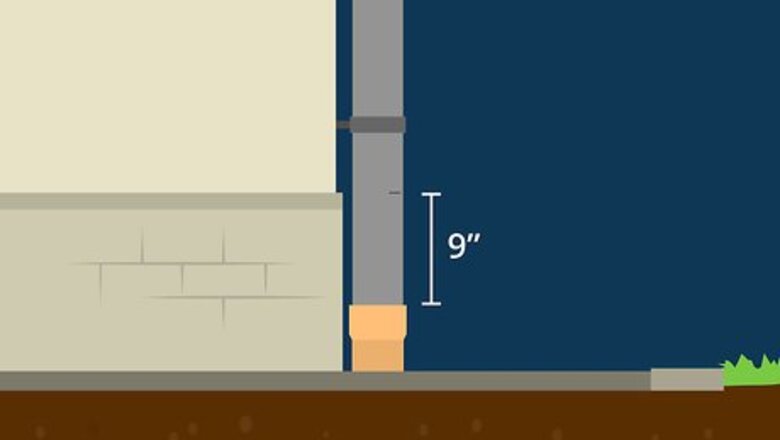
views

Measure 9 inches (22.86 cm) up from where the downspout enters the connection with the sewer standpipe. Make a mark on the downspout at the 9 inch (22.86 cm) mark.
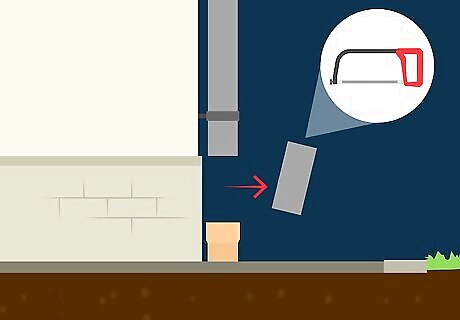
Cut the downspout at the mark. Use a fine-tooth hacksaw to make the cut.
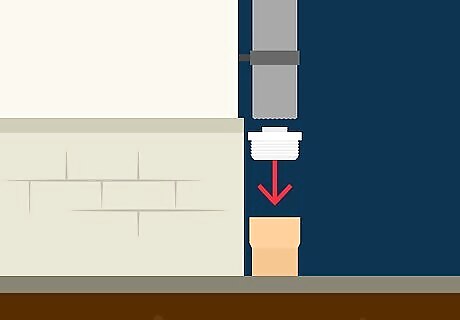
Place a cap on the sewer standpipe. The cap prevents water, debris, and/or rodents from entering the standpipe. If you can't find a standard sewer standpipe cap to fit, use a generic rubber cap and secure it with a hose clamp.
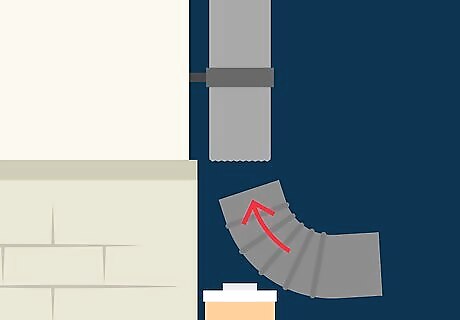
Insert the downspout into a downspout elbow. Be sure to place the downspout inside the elbow and not around the outside of the elbow or the downspout will leak. Use pliers to bend the end of the downspout as needed to get a tight fit.

Attach a metal downspout extension of at least 5 feet (1.524 meters) to the other end of the elbow. You can also use a plastic downspout extension of the same size.

Use sheet metal screws to secure the extension to the elbow. Pre-drilling holes in the elbow may make screwing it to the downspout easier.
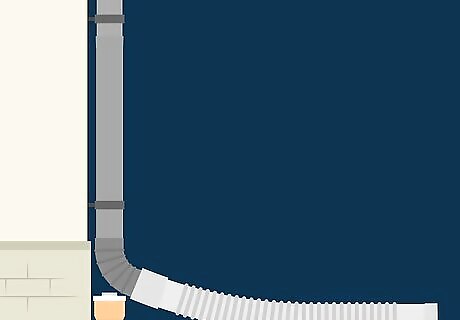
Direct the extension so that the redirected rainwater drains at least 5 feet (1.524 meters) away from your home's foundation. Cut the extension to the desired length using a hacksaw.



















Comments
0 comment